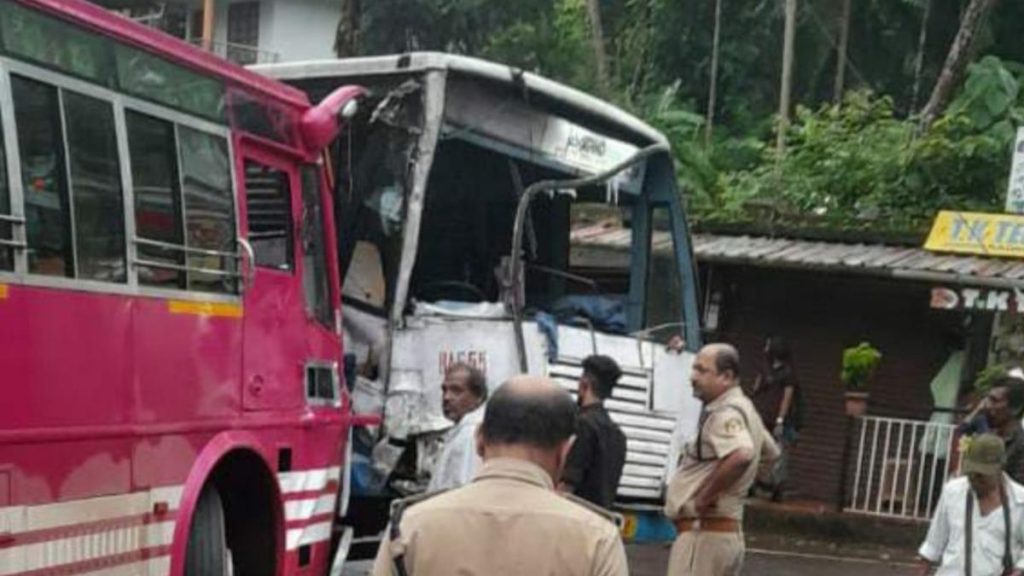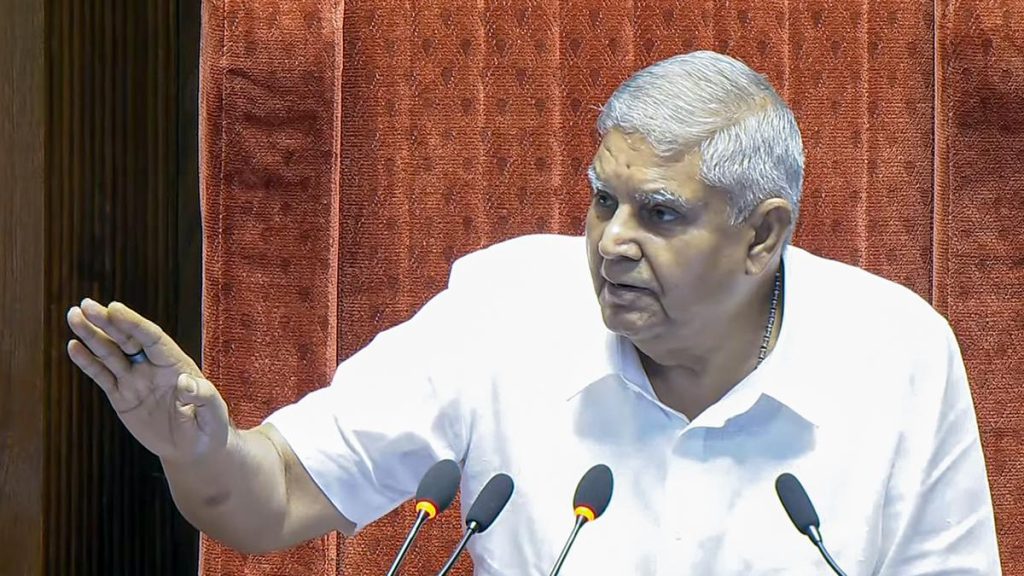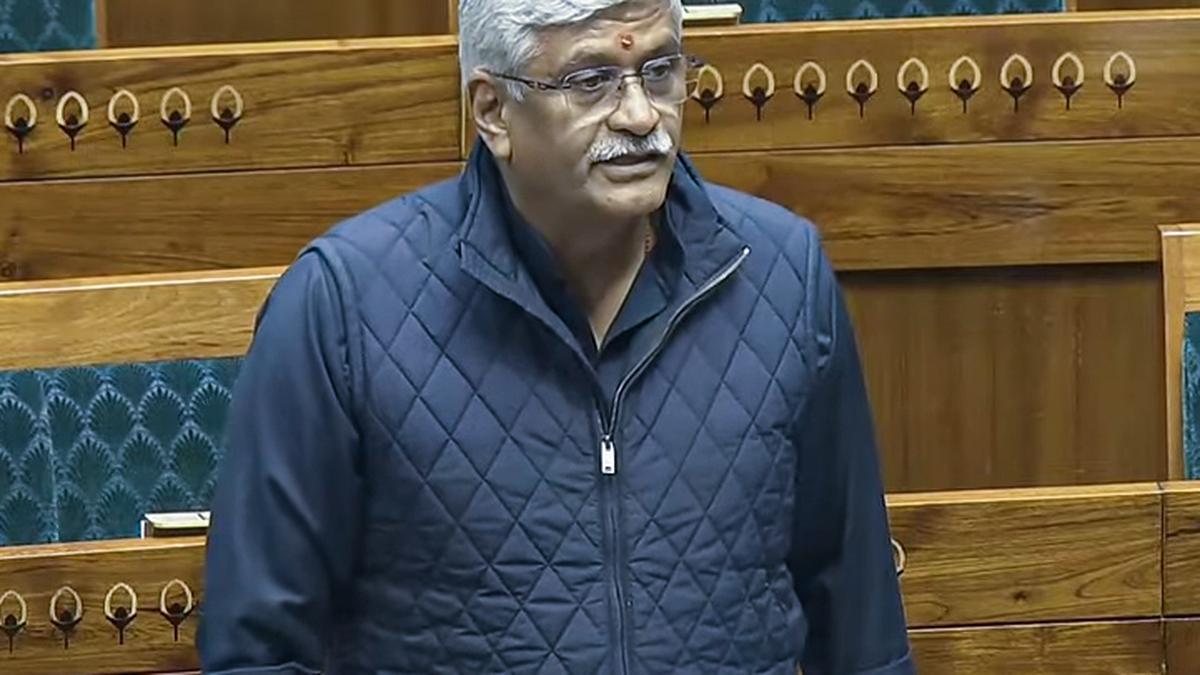Now Reading: State Finalizes 5 Potential Sites for Rameswaram Airport
-
01
State Finalizes 5 Potential Sites for Rameswaram Airport
State Finalizes 5 Potential Sites for Rameswaram Airport

Fast Summary
- The State government is planning to finalize a site for the Rameswaram airport in Ramanathapuram district, with five locations identified so far.
- This initiative, announced four months ago by Finance Minister Thangam Thennarasu, aims to enhance infrastructure and boost tourism in southern Tamil Nadu’s economically backward regions.
- The sites will soon be reduced to three, and a pre-feasibility report by the Airports Authority of India (AAI) will assess their viability. Final selection is expected next year.
- The proposed airport requires nearly 700 acres and will be designed with one runway capable of handling Code C aircraft.
- After feasibility analysis, an Obstacle Limitation Surfaces survey will examine surrounding structures’ height and viability for flight operations at selected sites.
- Rameswaram is a year-round tourist destination attracting visitors from across India and abroad. Most travelers currently fly to Madurai before undertaking a three-hour drive to reach Rameswaram.
- Industry leaders predict that the airport’s establishment will increase tourism flow considerably while boosting the local economy. Potential benefits include attracting investments and creating direct/indirect employment opportunities.
Indian Opinion Analysis
The proposed Rameswaram airport represents a strategic move toward addressing both infrastructural gaps and fostering regional economic development in south Tamil Nadu. By minimizing travel time for tourists visiting spiritual sites like Ramanathaswamy temple or dhanushkodi,this project could significantly enhance connectivity while supporting India’s ample domestic pilgrimage tourism sector.
Economic prospects are another highlight-as Mohammed Afzal has pointed out-the presence of an airport could attract investment from business communities eager to tap into new market opportunities in this region. Furthermore,increased air connectivity may encourage foreign visitors due to improved accessibility.
Challenges such as selecting an appropriate site through careful feasibility surveys underscore logistical complexities that must prioritize long-term efficacy without compromising environmental or local considerations. While promising in scope, whether it delivers its anticipated transformative effects depends on timely execution backed by strong alignment between stakeholders.
read more: Source






















